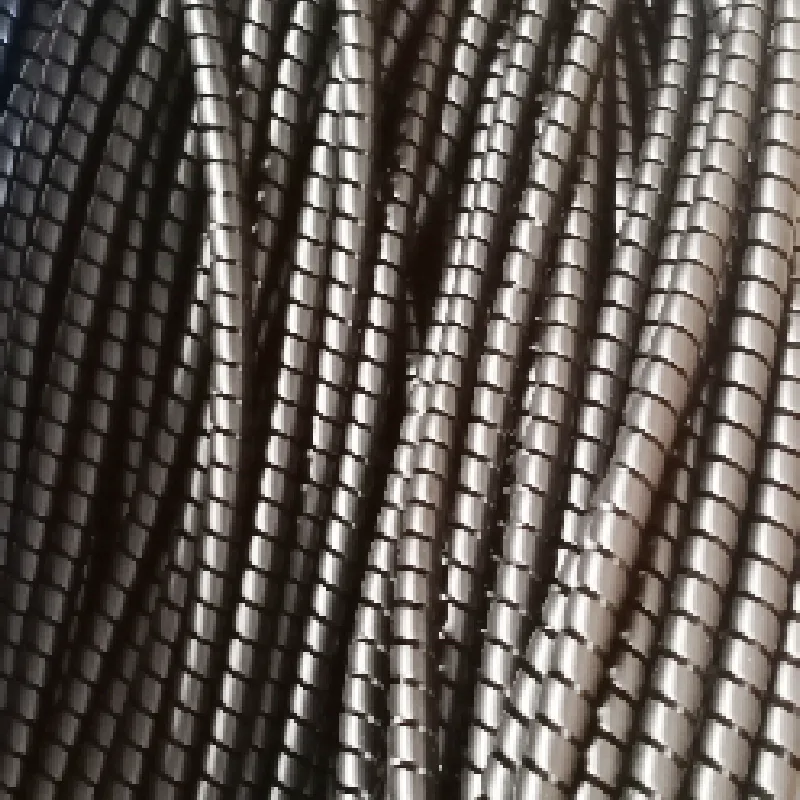BMW Power Steering Hose Replacement Guide for Optimal Performance and Safety
BMW Power Steering Hose Replacement A Comprehensive Guide
When it comes to maintaining the performance and safety of your BMW, one critical component that often goes overlooked is the power steering system. The power steering hose is an essential part of this system, as it transports hydraulic fluid between the power steering pump and the steering gear, allowing for smooth and effortless steering. Over time, these hoses can wear out, become damaged, or develop leaks, leading to decreased steering performance. If you’re considering replacing your BMW's power steering hose, this guide will walk you through the process and provide helpful tips to ensure a successful replacement.
Signs of a Failing Power Steering Hose
Before diving into the replacement process, it's crucial to recognize the signs that your power steering hose may need to be replaced. Common symptoms of a failing hose include
1. Visible Damage Inspect the hose for cracks, fraying, or any visible wear. If the hose appears damaged, it should be replaced immediately. 2. Leaking Fluid Puddles of reddish or brownish fluid under your vehicle can indicate a leak in the power steering system. If you notice any fluid leaks, check the hose for damage. 3. Steering Difficulties If you experience stiffness or difficulty when turning the steering wheel, this could signal a problem with the power steering system, potentially linked to the hose. 4. Noisy Steering Unusual noises, such as whining or groaning sounds when turning the wheel, can indicate low power steering fluid, often caused by a leaking hose.
Tools and Materials Needed
Before starting the replacement, gather the necessary tools and materials. You will need
- A replacement power steering hose (ensure it matches your BMW model) - Wrenches and socket set - Screwdrivers - Pliers - A container for old fluid - Power steering fluid - Safety goggles and gloves
Step-by-Step Replacement Process
1. Preparation Begin by ensuring your vehicle is parked on a level surface, with the engine off and cool. Engage the parking brake for safety.
bmw power steering hose replacement

2. Access the Power Steering Hose Depending on your BMW model, you may need to open the hood and locate the power steering reservoir. Remove any components obstructing access to the power steering hose.
3. Drain the Power Steering Fluid Place a container under the hose to catch any fluid that might spill. Using a wrench, carefully loosen the hose clamps and detach the hose from the power steering pump and the steering gear. Allow the old fluid to drain into the container.
4. Remove the Old Hose Once the fluid has drained, fully remove the old hose from both ends. Inspect the connection points for any debris or damage.
5. Install the New Hose Take your new power steering hose and install it in reverse order. Attach one end to the power steering pump and the other to the steering gear. Ensure the connections are tight but be careful not to overtighten.
6. Refill the Power Steering Fluid Once the new hose is installed, top off the power steering reservoir with new fluid as specified in your BMW owner’s manual.
7. Bleed the System Start the engine and turn the steering wheel from side to side several times. This process helps remove any air bubbles from the system and allows the fluid to circulate properly.
8. Check for Leaks After bleeding the system, inspect the connections for any signs of leaks. If everything looks good, you’re in the clear.
9. Clean Up Dispose of the old fluid and any debris safely. Reattach any components removed earlier and close the hood.
Conclusion
Replacing the power steering hose in your BMW is a task that can greatly improve steering responsiveness and overall driving experience. By following this guide, you can ensure that your power steering system remains in optimal condition. If you’re unsure about any step or if the problem persists after replacement, it may be best to consult a professional mechanic for further diagnosis. Regular maintenance and timely replacement of worn components will keep your BMW running smoothly for years to come.
-
Ultimate Spiral Protection for Hoses & CablesNewsJun.26,2025
-
The Ultimate Quick-Connect Solutions for Every NeedNewsJun.26,2025
-
SAE J1401 Brake Hose: Reliable Choice for Safe BrakingNewsJun.26,2025
-
Reliable J2064 A/C Hoses for Real-World Cooling NeedsNewsJun.26,2025
-
Heavy-Duty Sewer Jetting Hoses Built to LastNewsJun.26,2025
-
Fix Power Steering Tube Leaks Fast – Durable & Affordable SolutionNewsJun.26,2025

